Born from the association of Emile Taburet and Georges Boin, himself from a family of goldsmiths and luxury merchants who operated the famous Escalier de Cristal store under the Empire. This house achieved great prestige and received medals at the exhibitions of 1878 and 1889.In 1847, the jeweler Emile Taburet set up his workshop/boutique in Paris, where he created pieces inspired by the great styles of the 16th to 18th centuries. His business flourished "thanks to the finish, the perfect execution, the originality of everything that came out of his workshops", he hired in 1860 his son-in-law, the goldsmith and antique dealer Georges Boin, himself from a family of goldsmiths and luxury merchants who operated the famous store on the Escalier de Cristal under the Empire. The House made an impression at the Universal Exhibition of 1867 with an original idea: to present in the gardens of the Exhibition a jeweler's workshop where the pieces were shaped before the eyes of the public. The innovation was a great success and many French and foreign publications reproduced the workshop in their pages. Buoyed by this first critical success, the Maison Boin Taburet applied itself during the following decade to developing what would make its reputation: applying the aesthetics of ancient art to modern jewelry and goldsmithing. By recruiting the best goldsmiths to do this, she was able to present her innovative and original vision at the 1878 World's Fair, where she won a bronze medal for a toiletry set inspired by Pierre Germain. Continuing the neoclassical and rococo aesthetic, the goldsmiths presented Louis XIV and Louis XVI style tea sets at the 1889 World's Fair, as well as several centrepieces, including one inspired by Juste Aurèle Meissonnier, for which they won a gold medal. Regarding this exhibition, we can read in an article on "goldsmithing at the Exhibition" that: "Mr. Boin has certainly done considerable work and I know of pieces from him that would have been proudly signed by goldsmiths of the last century (…) I see him powdered white and installed in the shop he is Germain, Meissonnier, Roëttiers, Besnier or I don't know which goldsmith he is a ghost, he is a master, and his large smiling features suit the costume of 1750, better than the jacket of today." Emile Taburet and Georges Boin collaborated until 1900, when Boin joined forces with the goldsmith Henry, under the company name "Boin et Henry orfèvres". Later, at the International Exhibition in Milan in 1906, the company appeared under that of "Henry Frères et Cie". Although the House's corporate name changed, the success and fame that surrounded it nevertheless earned it the nickname "Boin-Taburet" by critics and the public. In 1913, it was written: "Boin-Taburet is an artist worthy of the great eras, whose discoveries are of incomparable variety and grace. His creations are true masterpieces. Life in the château is embellished by them."









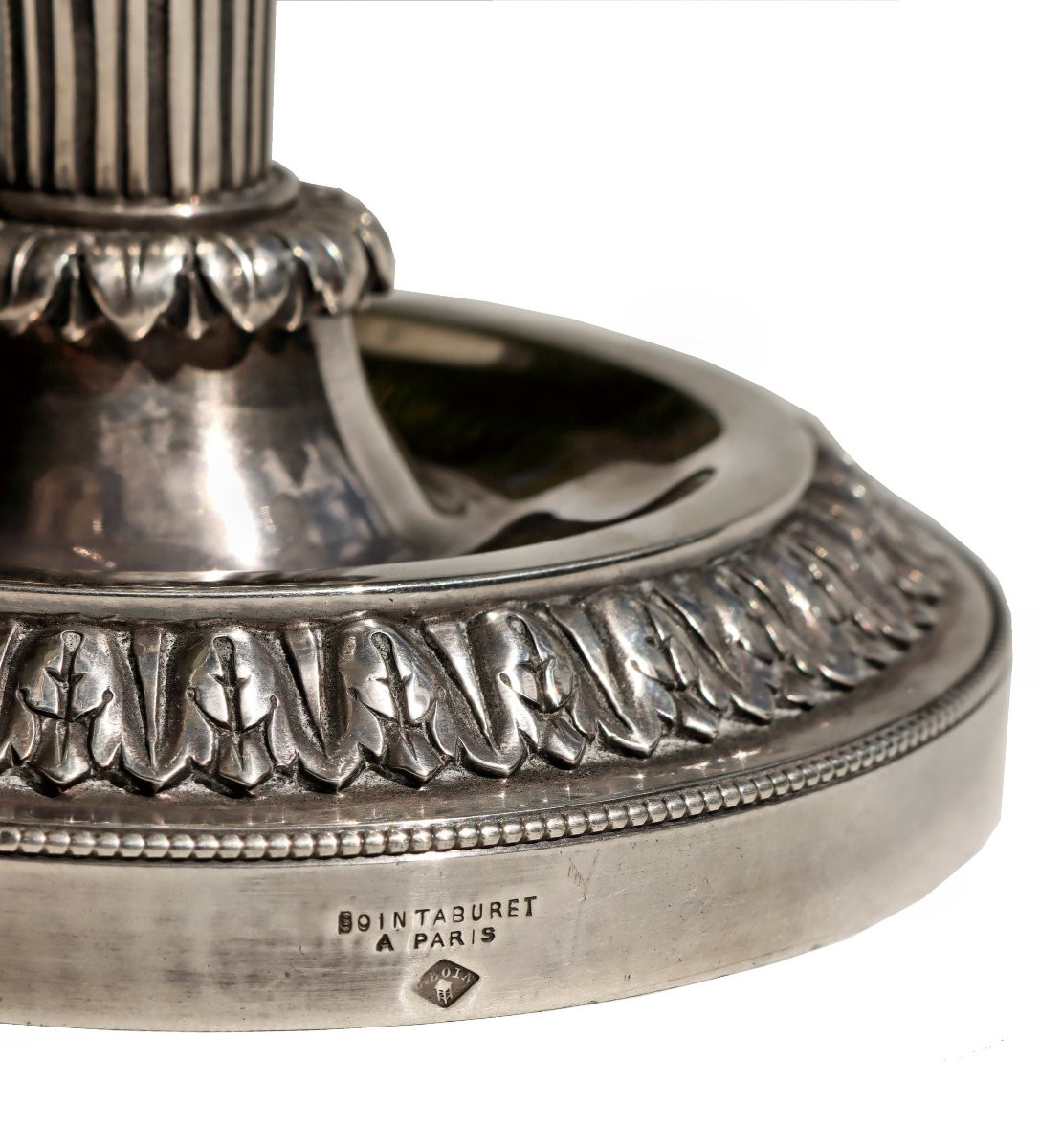


















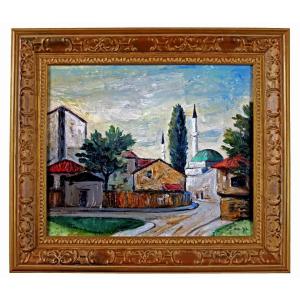


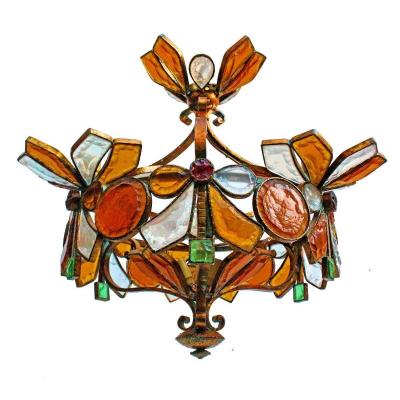
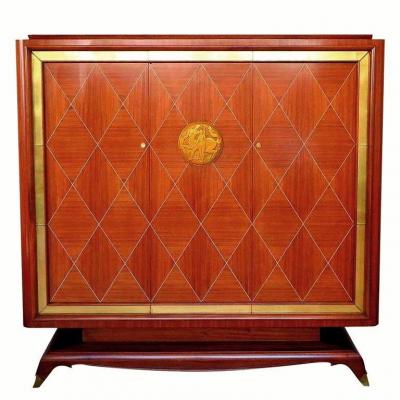



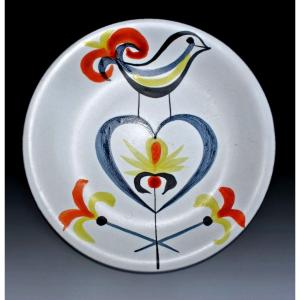









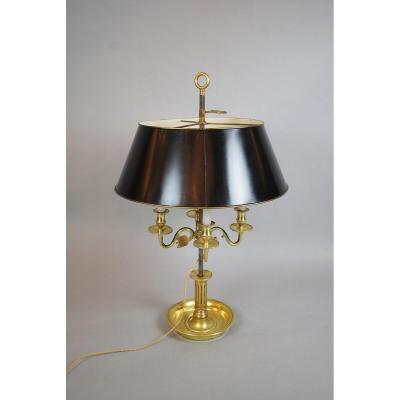



 Le Magazine de PROANTIC
Le Magazine de PROANTIC TRÉSORS Magazine
TRÉSORS Magazine Rivista Artiquariato
Rivista Artiquariato